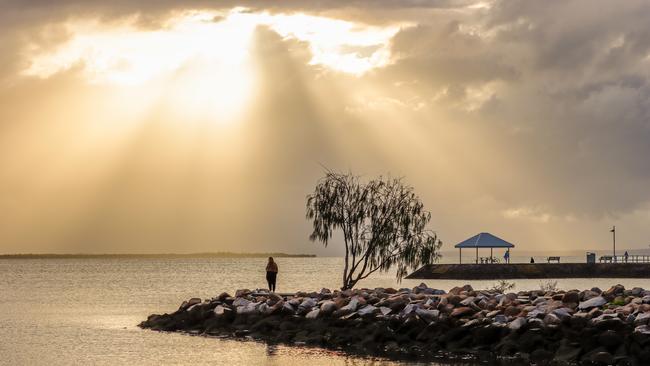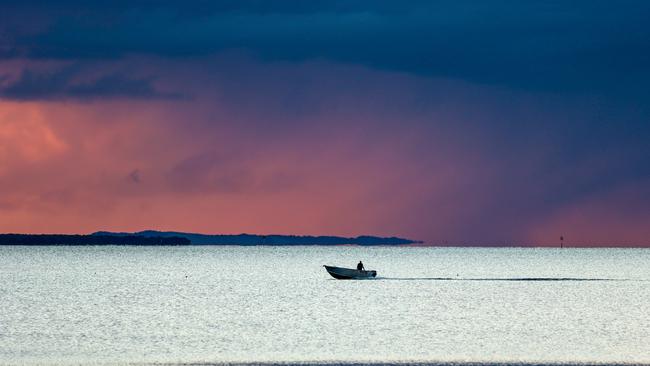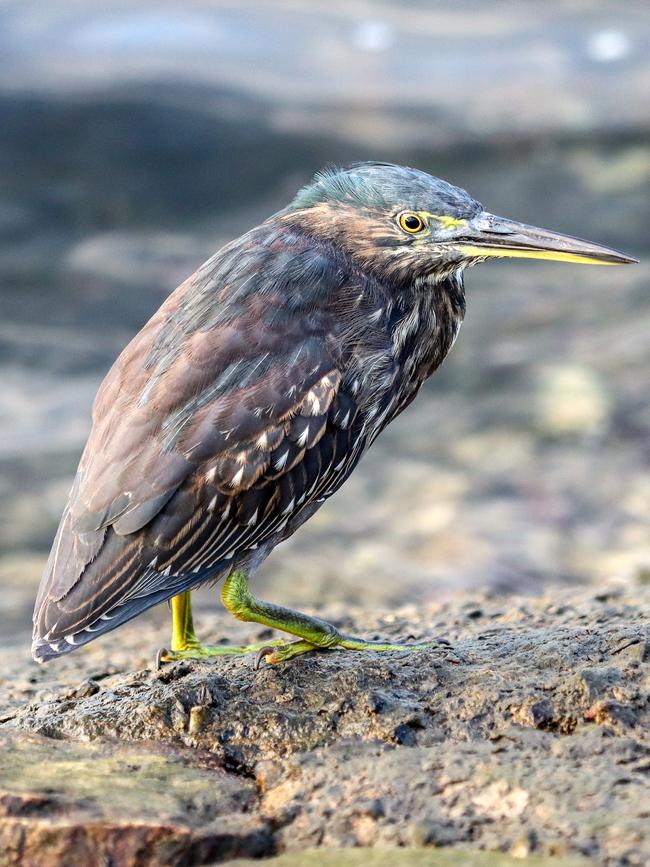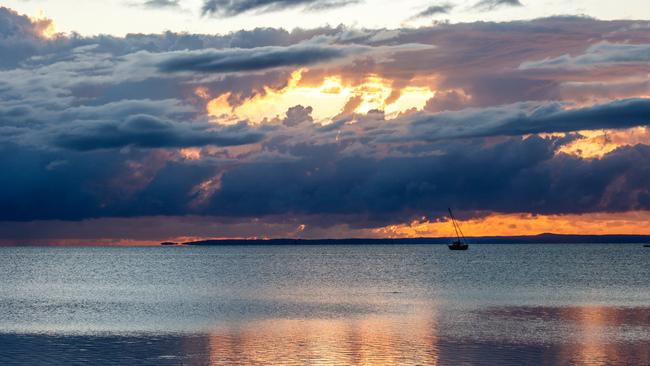The Canon 90D is ready for a Botswana safari
On a photographic safari in Botswana last year, the tour operators handed out loaner cameras to guests who hadn't brought their own.

On a photographic safari in Botswana last year, the tour operators handed out loaner cameras to guests who hadn't brought their own.
Those cameras were Canon Eos 80Ds, an honest (if not high-end) DSLR which delivered excellent results when coupled with a long lens.
Almost a year since the Botswana trip, Canon has a newer offering in the enthusiast camera line-up, the 90D, which I can see finding a home with the safari operator when the loaner 80Ds wear out.
The new model offers a 32.5MP crop sensor (vs. 24.2 on the 80D), and an impressive 10 frames per second when shooting through the viewfinder (three more than the 80D) or 11 fps via live view – which is handy if you're trying to photograph action.

There's a flip-out rear touch screen that tilts and folds away, 4K video, pop-up flash, external microphone and headphone ports, integrated Wi-Fi and Bluetooth.
Top panel layout is logical and controls are clearly marked. The body doesn't feel overly heavy (it's 700g with battery) and the grip is excellent – nice and deep with an anti-slip texture so it's easier to hold. If you want an even chunkier grip (and improved battery life), Canon makes an optional Battery Grip BG-E14 that also allows for easier shooting in portrait mode (it has an additional shutter button.)
I used two test lenses with the 90D – a Canon 24-70, and an image-stabilised 70-200 f2.8 which delivered one of my favourite seascape pics – an early morning shot of a fisherman heading out under cloudy skies. The lens/camera combination performed very nicely in low light, the lens stabilisation delivering a sharp pic and the image processor capturing subtleties of colour even with jpg images (rather than Raw).

The camera's recommended retail price is $1799 (without lens) and for that money you get a camera that offers good performance and features. It delivers excellent results with quality glass. The purchase journey for many photographers is to start with something basic with a kit lens or two, move up a model, in this case to something like the 90D, perhaps buy their first pro glass (a 24-70 or 70-200 f2.8) and then maybe move up to a pro body.
The 90D is a worthwhile stop on that journey, offering a beginner a camera to grow into (backed by Canon's five-year warranty and an enthusiast a level of performance that they'll enjoy until, like many others, they head even further along the ever-more-expensive camera purchase trail.

One more thing: Canon's APS-C crop sensor offers a field of view equivalent to 1.6 times what you'd see using the same focal length lens on a full frame camera, so a 400mm lens on the 90D delivers the same field of view as a 640mm lens on a full-frame body.
Add in that 10 frames per second ability, a decent sensor with an ISO range of 100-125,600, and a 32.5 meg file size (plus some dust and moisture sealing) and the 90D is starting to show some appeal as a nice all-rounder with some bang for the buck appeal if you're considering heading off to Botswana, when safaris eventually reopen for business!


